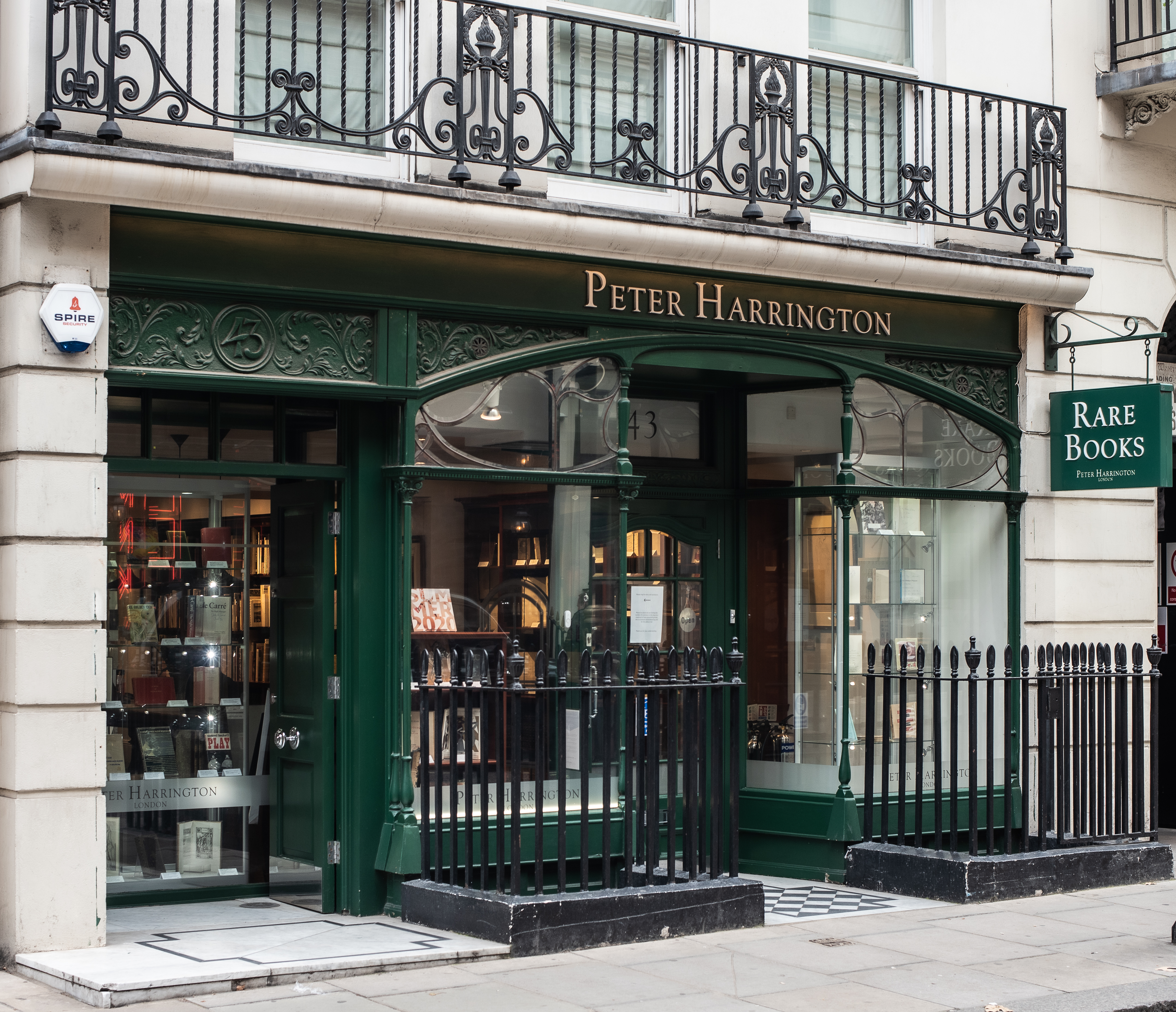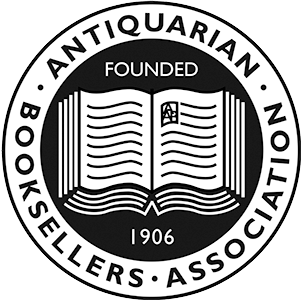London: Printed for John Stockdale, Piccadilly,, 1789. A work of primary importance for Australian history First edition of this cornerstone of any collection on Australian history, including the official account of the voyage of the First Fleet to Botany Bay and the founding of the colonial settlement, based on the governor's journals and despatches. The appended "List of Convicts" - giving names, location and date of convictions, and length of sentence - is the basic source for all First Fleet genealogy. Arthur Phillip (1738-1814) commanded the voyage and held a commission appointing him representative of the Crown for the eastern half of Australia and the adjoining Pacific islands. "Phillip was given the task of founding a convict settlement in Australia, and became the first governor of New South Wales. Reaching Botany Bay in 1788, via Tenerife, Rio de Janeiro and the Cape of Good Hope, Phillip decided that the site was unsatisfactory and sent his fleet of three boats to investigate Port Jackson, which Cook had named but had not charted. When he discovered the extent of the harbour, he was overjoyed: "Here all regret arising from the former disappointments was at once obliterated; and Governor Phillip had the satisfaction to find one of the finest harbours in the world, in which a thousand sail of the line might ride in perfect security" (p. 47). The new city, Sydney, was named after Thomas Townshend, Viscount Sydney, secretary of state" (Hill). This copy contains the early state of the kangaroo plate (the caption spelled as "kangooroo", later changed to "kanguroo"). The caption of the plate facing page 150 is found in two states without priority, reading "wulpine" (as here) or "vulpine". The title page is in the first state: the vignette, "engraved from a medallion which the ingenious Mr. Wedgewood caused to be modelled from a small piece of clay brought from Sydney Cove" (p. iv), includes the name of the artist Henry Webber, which was later removed. Provenance: Colonel William Bosville (1745-1813), named in the list of subscribers, with his ownership signature on the title page. Bosville served with the Coldstream Guards during the American War of Independence and was a Fellow of the Royal Society from 1792. In London, he "established a reputation as a generous, if somewhat inflexible, host at his house on Welbeck Street. On each weekday he received no more than twelve guests to dine with him at 5 p.m. precisely. Visitors who missed the appointment by even a couple of minutes were refused entry, a measure Bosville justified with a favoured maxim: 'Some say better late than never; I say better never than late'" (ODNB). This copy was later in the library of the engineer and politician Sir Alfred Seale Haslam (1844-1927), with his bookplate and pressmark. His invention of dry air refrigeration "eventually gave him a monopoly in refrigerated shipping. His equipment on board ship and on land enabled British people to enjoy meat, fruits, and other perishable products from countries overseas. On 5 October 1881 the SS Orient docked at Plymouth with 150 tons of frozen Australian meat on board, an event described vividly by many newspapers" (ODNB). Quarto (275 x 220 mm), pp. [ii], 8, viii, [viii], [iv], x, 298, lxxiv (appendix), [ii] (advertisements); 203 (of 207) leaves, lacking pp xvii-xxiv of appendix. Stipple-engraved portrait frontispiece of Phillip by William Sherwin after Francis Wheatley, 46 copper-engraved plates (4 with tissue guards), 7 folding maps and charts, engraved title page with allegorical vignette by Thomas Medland after a medallion by Josiah Wedgwood; tables in text. Near-contemporary half reddish-brown russia, skilfully rebacked with original spine laid down and endpapers renewed, raised bands rolled in gilt, second compartment lettered direct in gilt, gilt foliate and floriate centrepieces, gilt anthemion rolls at spine ends, marbled sides, edges sprinkled red. Light wear to spine and board edges, leaf R1 bound such that bottom inner corner folded into gutter, a few fore-edge tears, frontispiece with closed tear just touching printed caption, repaired with Japanese tissue, plates and maps otherwise well preserved with couple shaved close affecting imprint, occasional faint damp stain: a very good copy. Casey Wood, p. 518; Cox I, p. 314; Ferguson 47; Hill 1346; Lowndes, p. 1852; Nissen ZBI 3518; Spence, p. 57; Wantrup 5.

















